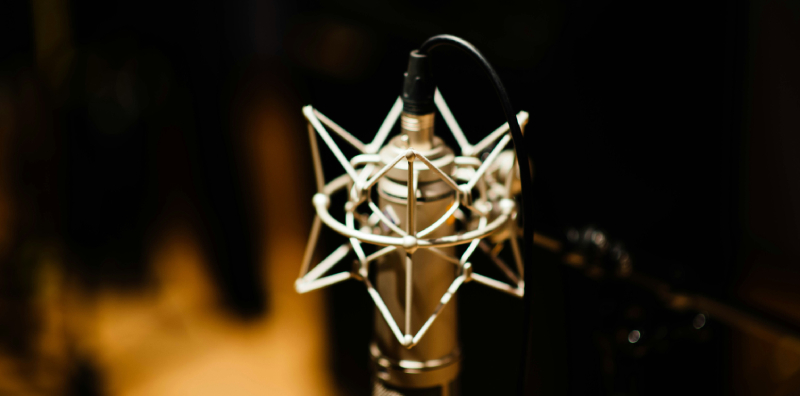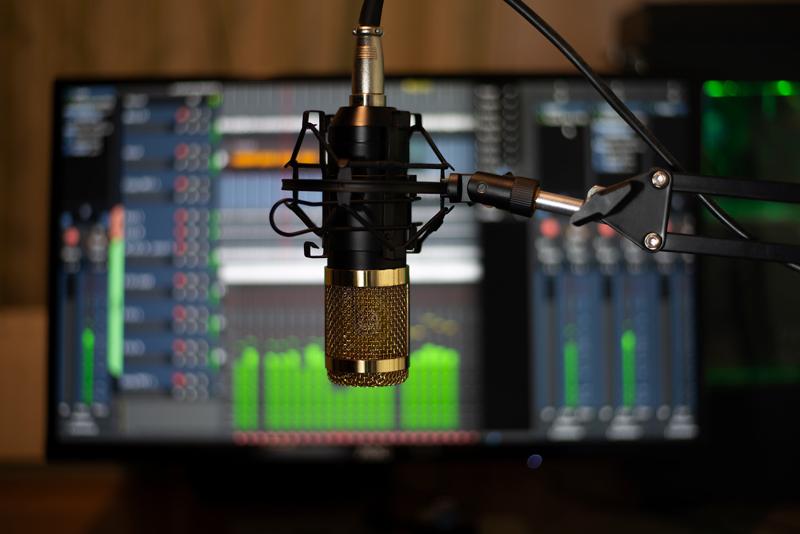In this article we are telling you the tips that will make your mixing 808 a lot easier. After reading it, you’ll know what mistakes to avoid and what strategy to use in mixing 808 bass and 808 kick drum.
Why 808?
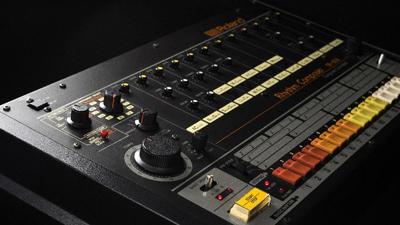 808 sound is called after the famous Roland TR-808 drum machine. Today’s 808 samples originate from TR-808 drum machine sounds, but they have developed and evolved a lot after that. 808 are energetic bass waves with various kinds of attack and decay.
808 sound is called after the famous Roland TR-808 drum machine. Today’s 808 samples originate from TR-808 drum machine sounds, but they have developed and evolved a lot after that. 808 are energetic bass waves with various kinds of attack and decay.
Each 808 sample has its pitch, or can be tuned to any pitch you like. Together with it we use kick drum sound, we can call it 808 kick.
In the 1980s 808s started to be used in hip hop songs and quickly became the vital part of the genre. Pop music soon adopted this powerful low-frequency base for accompaniment as well. That is how it became one of the most popular trends in the music production today.
If you learn how to mix 808s right, you’ll learn a substantial part of creating modern hip hop and pop songs. So, let’s go straight to our mixing 808s tips.
#1 The less processing the better
When mixing 808s, aim to use as little processing on your 808 sample as possible. While it may sound counterintuitive, most samples on the market are already pre-processed, often with distortion, compression, and other effects added.
Find ready samples that already have the sound you are looking for. 808 samples usually don’t require much processing, they just fit or not fit your composition. If they do, apply minimal processing, adjust the volume balancing 808 sample with other elements and that’s all.
#2 Cut out spaces for kick drum in the bass
 808 sample pairs with kick drum sample, they are the main two elements that make the song’s beat. A kick has minimum sustain, its transient goes after a loud attack, at the same time, 808 plays the sound, it has a long sustain.
808 sample pairs with kick drum sample, they are the main two elements that make the song’s beat. A kick has minimum sustain, its transient goes after a loud attack, at the same time, 808 plays the sound, it has a long sustain.
Bass and kick have a love-hate relationship. Although they need each other to form the beat, their sounds will easily fight, mask, and sound muddy together.
The task for mixing 808 here is to place 808 bass and 808 kick together well.
The best approach for uniting kick and bass into one song is to manually cut out small spaces in the bass at the times when kick drum strikes. Every time the kick strikes, there will be a small gap in the 808 sounds for it.
This way, kick and bass will not fight for space. You should cut out the small gaps, and put fade-in and fade-out on the edges. When people listen to the song, they will not be able to notice these gaps in the bass, but they will hear that both kick and 808 clearly in the mix.
#3 Use distortion to add higher frequencies
 You may have an impressive low end, but if its main presence is in the low bass frequency range only, some listeners might barely hear them in their speakers or headphones. That’s because most consumer grade equipment won’t reproduce the low bass frequencies, or sub frequencies, as powerful and rich as the producer intended them to be.
You may have an impressive low end, but if its main presence is in the low bass frequency range only, some listeners might barely hear them in their speakers or headphones. That’s because most consumer grade equipment won’t reproduce the low bass frequencies, or sub frequencies, as powerful and rich as the producer intended them to be.
Our task is to make songs sound great on anything, so what we need to do is to spread the presence of the 808s farther through the spectrum.
For this purpose, you can use various distortion and saturation plugins. Use saturation plugins that will add warmth, color and depth to the sound. The distortion will spread the 808s sub frequencies higher through the frequency spectrum and it will reproduce well and will be heard even through cheap headphones or laptop speakers.
#4 Compress 808 bass but not 808 kick
The kick drum samples if compressed sound lifeless and dull. On the contrary, the bass must be compressed, even over compressed.
808 bass must sound powerful and energetic with long sustain, that’s why intense compression is necessary.
#5 Check if the 808 has the correct pitch
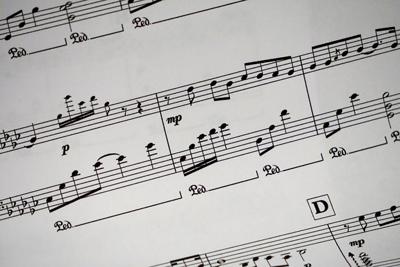 How could the 808 be at a wrong pitch without you hearing it. After all, you have been listening to this mix and haven’t noticed any dissonance. That’s because it’s much more difficult to discern the pitch of such a low frequency.
How could the 808 be at a wrong pitch without you hearing it. After all, you have been listening to this mix and haven’t noticed any dissonance. That’s because it’s much more difficult to discern the pitch of such a low frequency.
When a sound is around 60 Hz or lower, in sub frequencies, it’s difficult for our ears to distinguish the pitch. The note might be off-tune or the bass may sound on a different note than what your song needs for harmonious sound, and you will be not aware of it.
What you need to do is to shift the pitch of the 808 sample up an octave or two (12 semitones or 24 semitones) and listen to the music.
Make the 808 fit the music when it’s shifted up, and then you’ll know how much you need to shift your 808 for receiving a perfect harmony.
Usually producers tune their 808s to the first note of the scale, or to the fifth. You may choose another note that works for your song, but you must know what is the pitch of your 808 and make an informed decision.
#6 Effects may be applied to kick drums and bass together
Sometimes, not always, you may achieve the desired sound by processing kick and bass together after you have already applied the needed plugins to bass sample and kick sample separately. Join them in one bus and apply some more compression and distortion to them.
Joined processing will glue the 808 sound together, giving it a new shape and evening out the rough parts.
#7 When in doubt, search for better samples
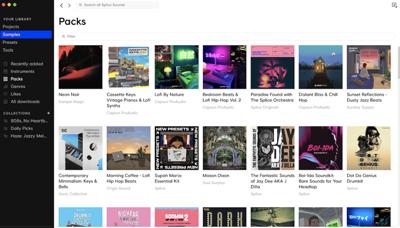 There might be times when you have been working on a song for a while and you can’t put your finger on it but you know that something just doesn’t sound as you want it to.
There might be times when you have been working on a song for a while and you can’t put your finger on it but you know that something just doesn’t sound as you want it to.
When you feel that something is not right with your 808 sound and how it works for the song you are producing, the reason may very well be that you need a different 808 sample.
There are lots of 808 samples available right now, the vast variety to fit any song. So it’s not necessary to try to shape the sample you have with all possible plugins making it fit the music, there’s always a better sample for you out there.
#8 Make space for kick drum with compression
No matter what you choose to dominate in the low end, either it will be kick strikes or 808 bass sound, you will still need to make space for each of them, so the both could be heard, and won’t sound muddy.
If you haven’t manually cut out gaps in the bass for the strikes of the kick drum, you will need to create this spaces using processing.
Don’t cut frequencies out
There is a common misconception that cutting the kick’s main frequencies in the bass will help to successfully mix them together. It’s possible but is not the best solution. You will damage your bass sound with it, and not gain much of a great result in return.
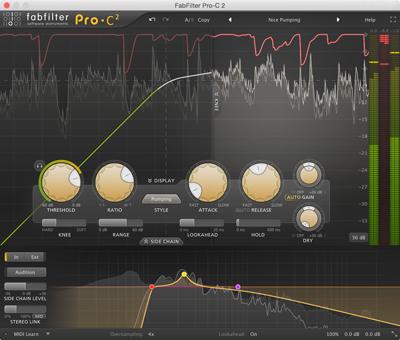 Use sidechain compression
Use sidechain compression
Instead, if you haven’t cut the bass making gaps for the kick to fill in, as I described earlier, use sidechain compression. Compress the bass to minimize its volume depending on the volume of the kick. Use short attack time to cut the bass as soon as the kick strikes.
Use sidechain multiband compression
It may happen that after you have applied the compression the resulting sound is not as smooth as you would like it to be. To make this compression less harmful to your bass sound, try using sidechain multiband compression. Apply multiband compression to the frequencies lower than 100Hz, for example, if this is where the main part of the kick appears.
Anyways, choose the frequency band which contains the main part of the kick sample frequencies and apply the multiband compression to it.
Multiband side chain compression will be less noticeable by the listener and will help to mix bass and kick well.
#9 To layer or not to layer
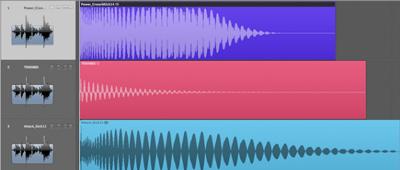 There is a simple rule for mixing 808, don’t layer the 808s if they take the same part of the frequency spectrum.
There is a simple rule for mixing 808, don’t layer the 808s if they take the same part of the frequency spectrum.
Low frequencies tend to produce phase issues much more than high frequencies. Two instruments in the same part of low end will most certainly create problems. That’s why, in general, there shouldn’t be two bass samples that are fighting with each other.
As I said earlier, if the sample you choose lacks something, never try to mend it by layering on top of it another 808 that has the feature you like. There is a good chance it will create muddy sound and phase problems in the low end.
The right way to act in this case is to look for the sample that is perfect for your song and the one that will cut through the mix without layering, there are plenty out there.
There are cases, however, when you may layer two or three 808 samples. And this is when they take different frequency bands. For example, you can mix a sub-bass 808 with low-bass 808 and upper-bass 808. In this case, layering has a chance to enrich the sound instead of muddying and harming it.
Just remember that two bass instruments must not appear in the same frequency range, nothing good can come from this co-existance.
#10 Find the right volume for the 808
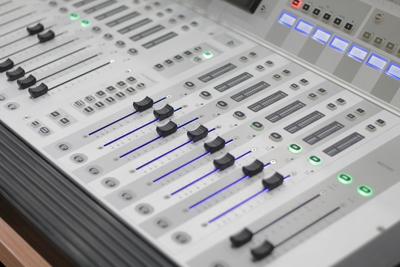 The 808’s essence is to be loud and powerful, but the paradox is that if 808 dominates in a song and is ahead of everything else with its overwhelming energy, the song does not benefit from it at all. Such songs, on the contrary, sound weak and not interesting.
The 808’s essence is to be loud and powerful, but the paradox is that if 808 dominates in a song and is ahead of everything else with its overwhelming energy, the song does not benefit from it at all. Such songs, on the contrary, sound weak and not interesting.
Mixing 808s too loud is not great, look at the latest hip-hop hits. The 808 there is moderate and not dominating. It should allow the listener hear the melody, intonations, vocal and various decorative sounds and unexpected turns in the composition. An 808 is just an element of a song, its basis, and it must not be louder than everything else.
To help 808 cut through the mix, you’ll use a high pass filter on other instruments that can have unnecessary presence in the low frequencies. High pass filter will clear the low end for your 808, prevent clashes and phase issues, and bass will cut through the mix better.
Don’t forget that heavily compressed 808s consume all the loudness headroom of the song pretty easily. Don’t allow them to do it. Make 808 your base, and build all the other elements of your composition upon it.
Want a free test mix of your track?
We get it.
That’s why we’ll do a full hybrid (analog + digital) mix of your song —
for free.
No upfront payment. No risk.
You only pay if you’re blown away. And if you are, we’ll slash 40% off the final price.
Nobody else in mixing and mastering offers this.
Why?
Because most studios say yes to every project. We don’t. We only mix what we’re excited about — so send us your best track. If we like it, we’ll mix it like it’s going to the Grammys.
👉 Just drop your name and email to get started.
Mixing 808 with Major Mixing
If you face difficulties with mixing 808 in your hip hop song, or in mixing beats or songs of other genre, it’s time to get professional mixing.
Learning mixing on a professional level takes many years, about ten years, of constant practicing, listening to music, and working on various projects. If you are an artist or a producer, it’s beneficial to do your job well and let mixing engineer create a professional mix for you.
In the music industry now artists and producers can only win when everything about their music is done with perfect quality and up to the top-chart standards. There’s no chance for success otherwise.
Every audio engineers in Major Mixing team has many years of experience and has worked with top industry projects. Ask us, and we’ll help you create the best, professional mix for your song.
Stay positive and produce your new hits!








